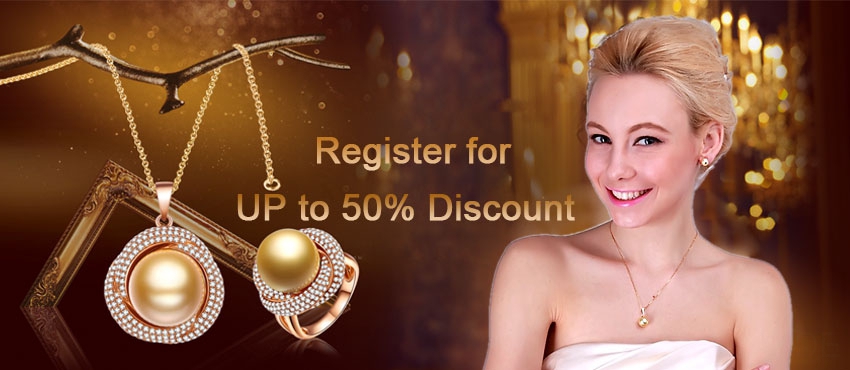Many people are familiar with the basic measurements of
judging the quality of diamonds, but few people recognize the important
elements of judging pearls in a pearl necklace. Yet the elements of quality and production are important in
selecting the perfect set of pearl jewelry for your appearance, occasion, and
wallet.
First and foremost, it is important to understand the difference in pearl
production. The rarest and most valuable are natural pearls. These pearls are
produced naturally in oysters, when an irritant (often a parasite, instead of a
piece of sand as popular belief has it) becomes trapped within the shell and
the animal coats it with nacre - the same material as its shell. As these are
historically extremely rare, and remain so today, most pearls on the market are
instead cultured. These objects form in the same way, but have objects (beads,
shells, and even other pearls) manually placed in an oyster or mussel. Though
similar in appearance to natural pearls, they often have fewer layers of nacre
(see below), but are more regular in shape.
It is then important to consider the elements common to all pearls in a pearl necklace. Usually, jewelers grade
on an ascending scale of quality A, AA, AA+ and AAA based on six main
categories. First is color, including the body and overtone, which does not
affect price but is the main element in matching pearl accessories to clothes
and skin tone. Second, a high luster is desirable, which results from thicker
layers of nacre. Third is the thickness of the nacre; this depends on the
length of time a pearl remains in an oyster, with thicker layers corresponding
with longer lifetimes. Fourth is shape, which can range from the near round to
baroque (irregular).
Though no two freshwater pearls are exactly the
same shape, rounded is usually preferred, especially for strings, and it is
important to match shapes when crafting jewelry - specifically necklaces and
bracelets. Fifth is the size, which really relies on personal preference, but
does affect price as larger is often more expensive to produce. The final
element is the surface, which should be as close to blemish-free as possible.
These are the major factors that should be considered when buying your pearl
jewelry.


